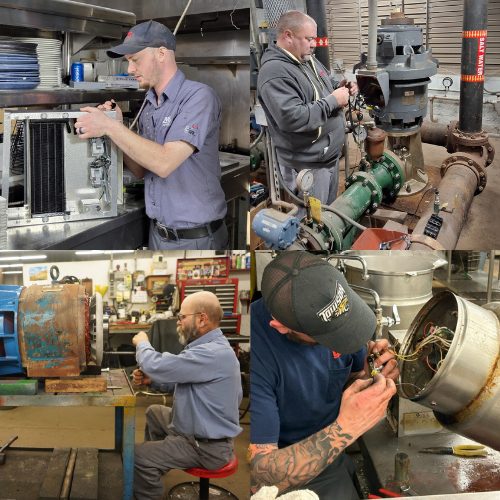Elevator Sheave Regrooving: Essential Steps + Expert Tips
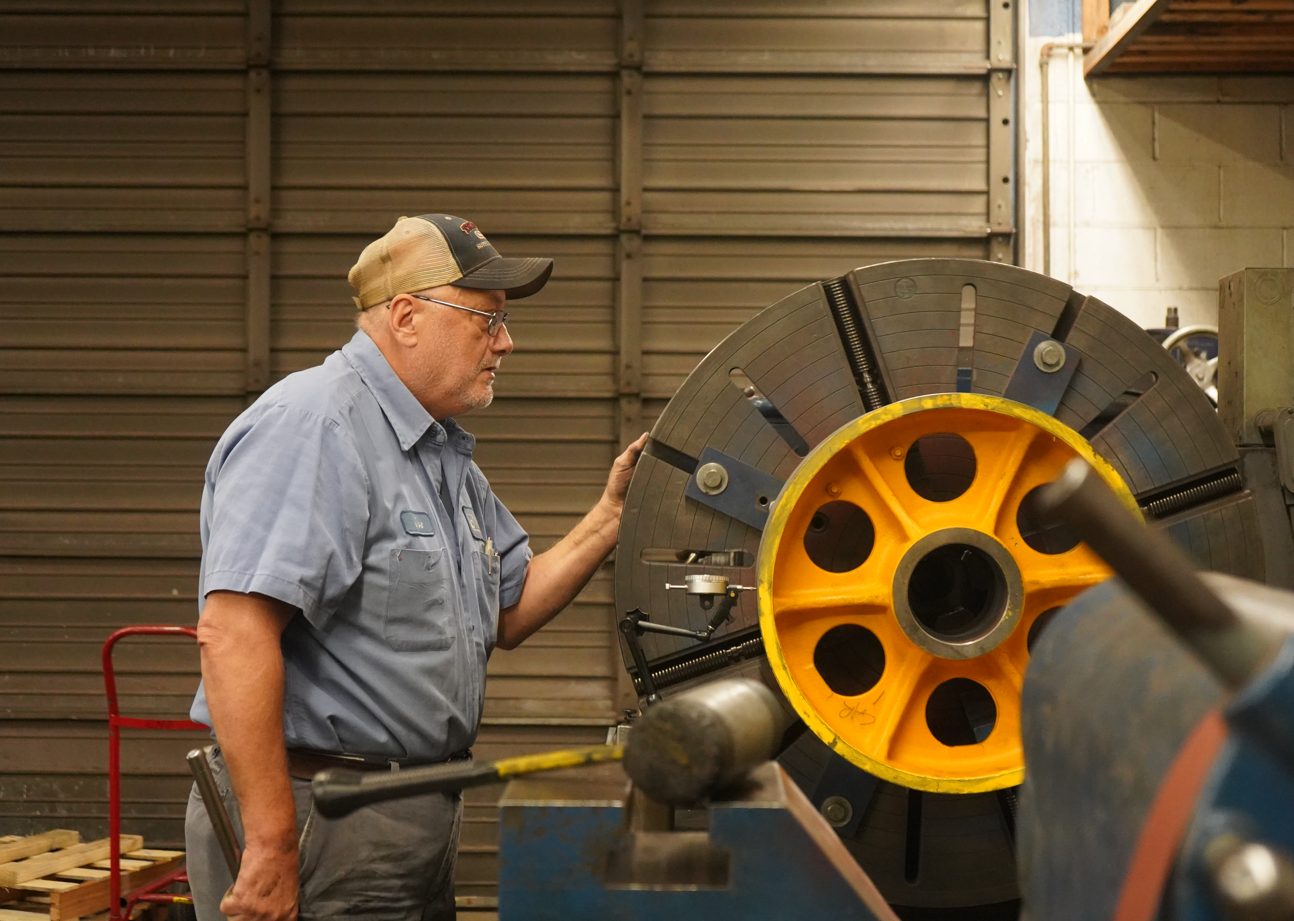 In the world of elevator maintenance, keeping all components functioning smoothly is crucial for performance and safety. One critical part of this system is the sheave, the pulley responsible for guiding the ropes that lift and lower the elevator. Over time, wear and tear can cause the grooves of the sheave to degrade, leading to inefficiencies and potential safety risks. Regrooving the sheave restores its functionality and extends the life of the ropes and the equipment. Below we will go over the key steps and tips to regrooving a sheave properly.
In the world of elevator maintenance, keeping all components functioning smoothly is crucial for performance and safety. One critical part of this system is the sheave, the pulley responsible for guiding the ropes that lift and lower the elevator. Over time, wear and tear can cause the grooves of the sheave to degrade, leading to inefficiencies and potential safety risks. Regrooving the sheave restores its functionality and extends the life of the ropes and the equipment. Below we will go over the key steps and tips to regrooving a sheave properly.
Step 1: Assess the Condition of the Sheave
Before any regrooving work begins, the sheave’s condition must be thoroughly assessed. Check for excessive wear or damage that might render it beyond repair. Determine if there is sufficient material to safely regroove the sheave. A visual inspection and groove profile measurement will reveal how much wear has occurred and whether regrooving is possible.
Tip: Ensure that you’re using proper measurement tools like a groove gauge to accurately determine wear depth and rope seat profile. If the wear is too severe, it may be more cost-effective to replace the sheave.
Step 2: Remove the Sheave from the System
Once you’ve determined that regrooving is the best option, you need to remove the sheave from its mounting. This may involve disconnecting the hoist ropes, securing the elevator, and disengaging any mechanical connections.
Tip: Always follow the elevator manufacturer’s guidelines for safely securing the elevator and removing the sheave. Double-check that the elevator is locked in place to avoid accidental movement.
Step 3: Clean and Prepare the Sheave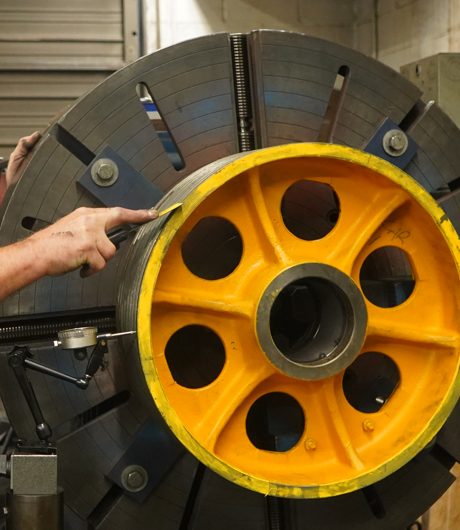
Before starting the regrooving process, thoroughly clean the sheave. Use a wire brush or solvent to remove any oil, dirt, or debris that could interfere with the cutting process. A clean surface ensures more precise and accurate groove cutting.
Tip: Inspect the sheave for hairline cracks or hidden defects during the cleaning process. These could compromise the integrity of the sheave, so address any concerns before proceeding with regrooving.
Step 4: Set Up the Sheave in the Lathe or Grooving Machine
Mount the sheave in a lathe or specialized grooving machine that is capable of cutting the specific groove profile required. The setup should be precise to ensure that the new grooves will align perfectly with the ropes once reinstalled.
Tip: Use centering jigs or precision clamps to hold the sheave in place. Make sure the machine settings match the groove design and rope specifications, as mismatched profiles can lead to premature rope wear or mechanical failure.
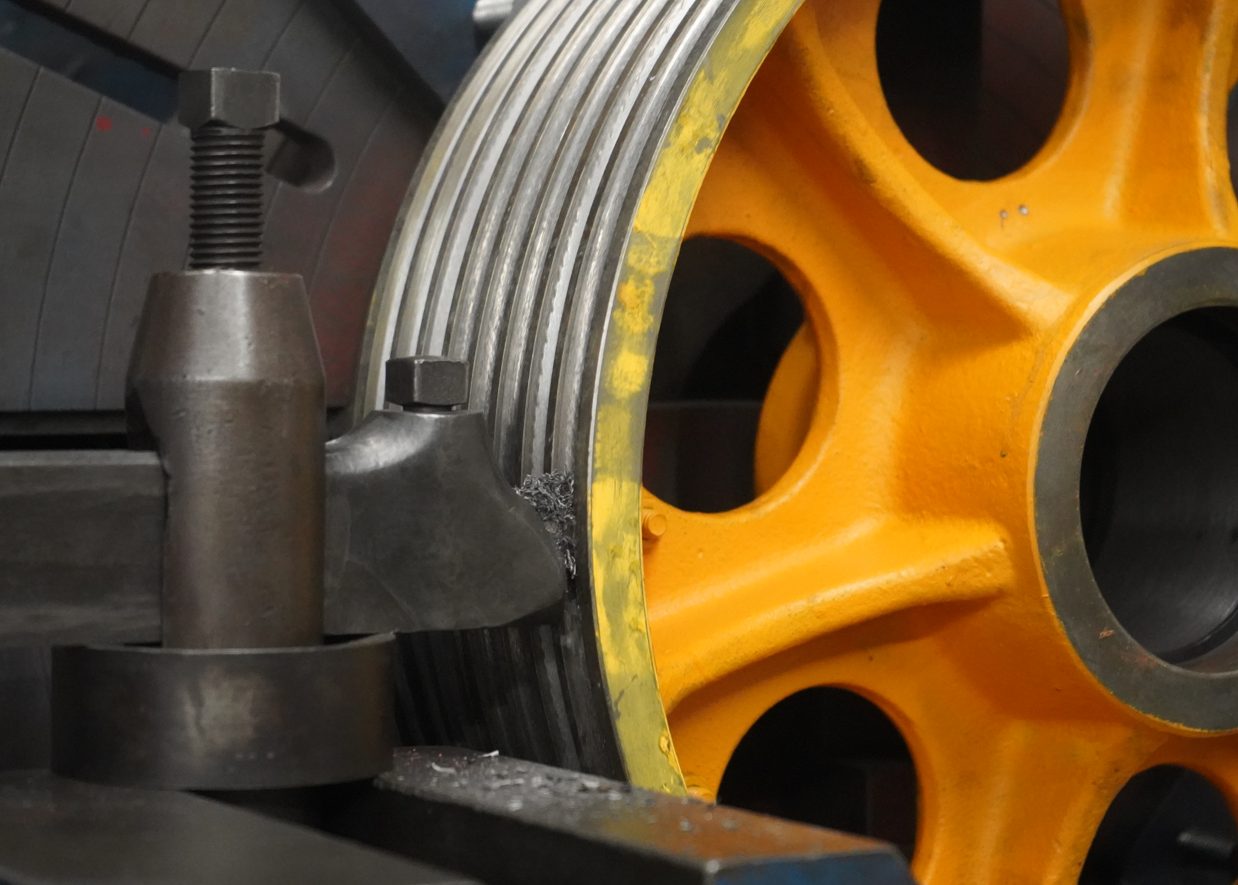
Step 5: Machine the New Grooves
Carefully machine the new grooves to the proper depth and profile. The groove should match the dimensions of the ropes used in the elevator system. This step requires attention to detail and precision to ensure that the grooves are evenly spaced and smooth.
Tip: Use a slow and steady approach when cutting to avoid overheating or damaging the sheave. Check your progress frequently to maintain consistent groove dimensions.
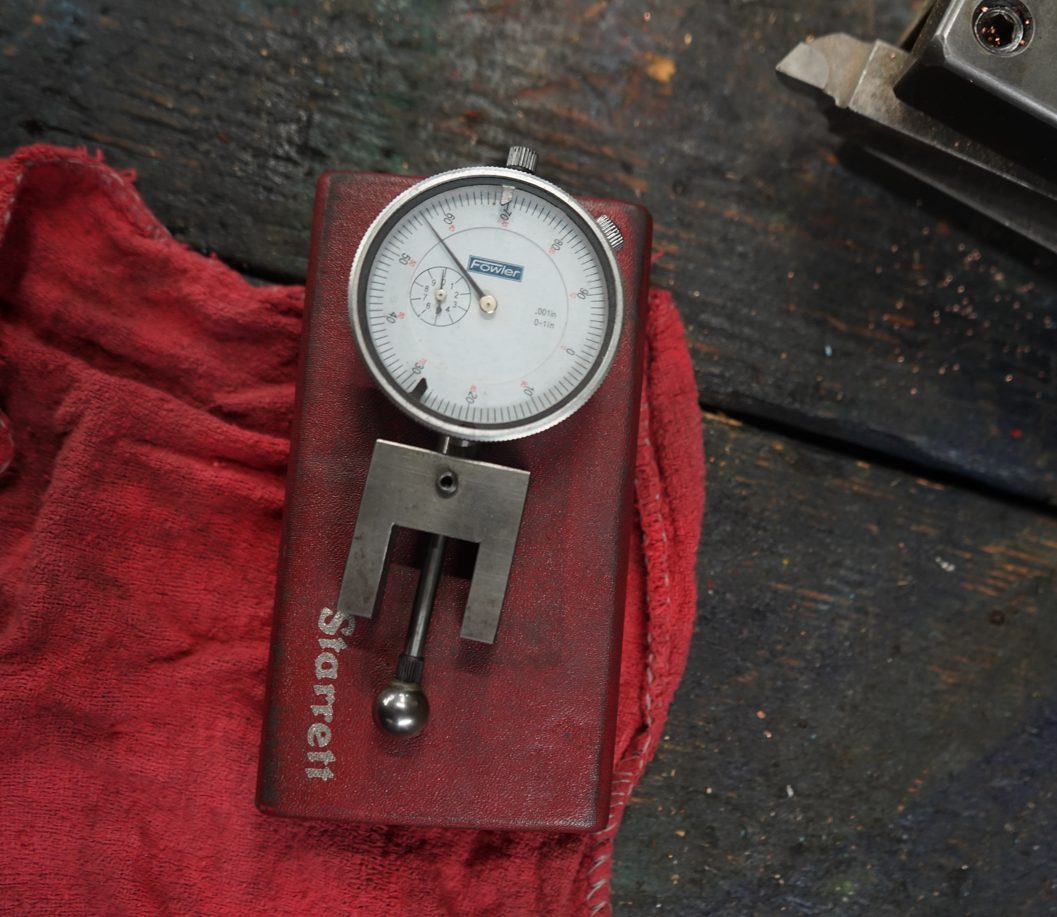 Step 6: Inspect the New Grooves
Step 6: Inspect the New Grooves
After the machining is complete, inspect the new grooves to ensure they meet the required specifications. Use a groove gauge to verify the accuracy of the depth and profile. Any irregularities should be corrected before the sheave is reinstalled.
Tip: Pay special attention to the surface finish inside the grooves. A smooth finish will reduce rope friction and wear, extending the life of both the sheave and the ropes.
Step 7: Reinstall the Sheave
Once the new grooves have been verified, reinstall the sheave in the elevator system. Ensure that all connections are securely fastened and that the elevator is functioning correctly with the new grooves in place.
Tip: After reinstallation, monitor the system for a short period to ensure that everything is operating smoothly. Listen for unusual sounds or vibrations that might indicate an alignment issue or improper installation.
A few more expert tips!
- Regular Inspections: Early detection of wear saves time and money.
- Use Quality Tools: High-speed steel or carbide cutters work best depending on the sheave material.
- Safety First: Always wear proper PPE and follow safety protocols when regrooving.
By following these steps and tips, you can ensure an efficient regrooving process that extends the life of your elevator’s sheave and maintains reliable, safe operation. Proper sheave maintenance is key to minimizing downtime and keeping safety standards high.
Elevator Sheave Regrooving | Joe Baldi, EMR Industrial Machinist



